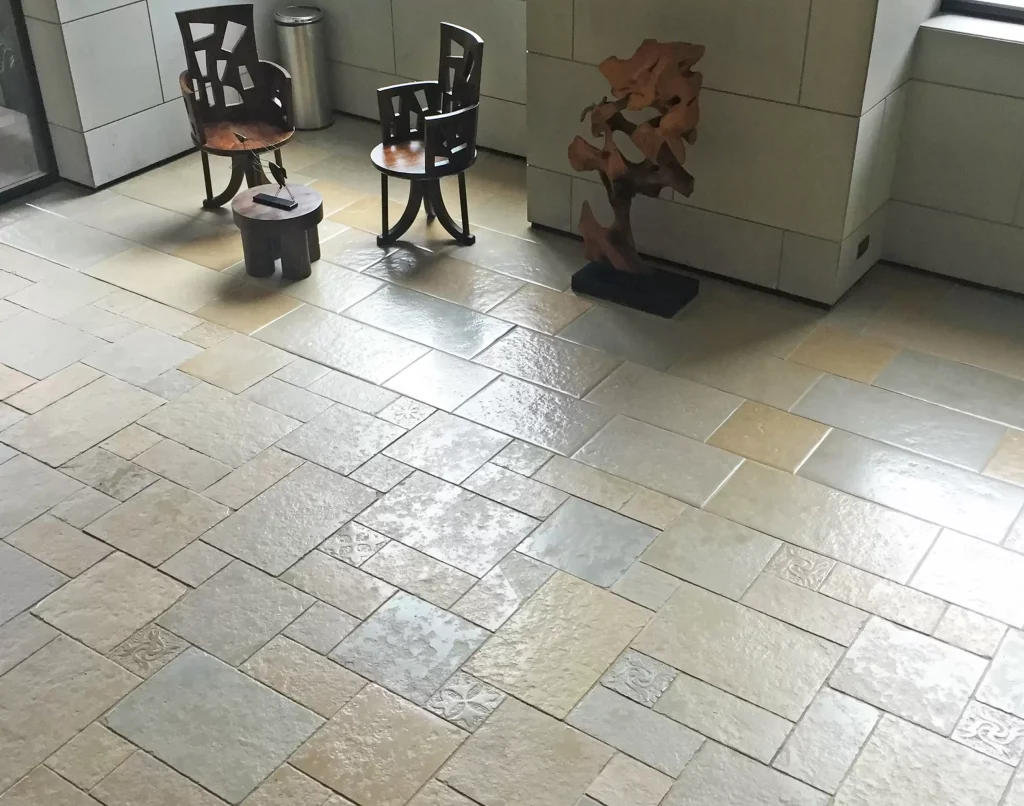Limestone is a versatile and elegant material that can bring both structure and beauty to gardens, enhancing their visual appeal while providing a solid foundation for landscaping. This natural stone, with its subtle tones of cream, grey, and beige, is often used to create various elements within a garden, such as pathways, raised beds, seating areas, and decorative features. Its aesthetic appeal is derived from its earthy, timeless look, which complements a variety of plant species, from vibrant flowers to lush greenery. One of the key benefits of using limestone in the garden is its durability. It is highly resistant to weathering, making it ideal for outdoor applications. Limestone can withstand the harsh effects of sun, rain, and snow, maintaining its beauty for many years with minimal maintenance. This makes it a practical choice for both decorative and functional elements in the garden. Whether used for edging flower beds, creating stone walls, or paving walkways, limestone offers a long-lasting solution that continues to look beautiful through the seasons.

In addition to its durability, limestone is a great material for adding structure to a garden. Raised limestone beds can help define specific planting areas, allowing for better drainage and easier plant management. This is particularly beneficial for gardens with heavy clay soil, where drainage is a common concern. Limestone’s solid and stable nature ensures that garden structures, such as retaining walls or steps, remain intact and functional over time. The material also allows for creative designs, from curved edges to angular formations, offering flexibility in garden layouts. The texture of limestone also adds another layer of beauty to the garden. Its slightly rough surface provides a natural look, blending well with the surrounding environment. Over time, the stone develops a patina, further enhancing its appearance and creating a sense of history and age in the garden.
The contrast between the smooth, polished appearance of certain limestone surfaces and the rougher, more rustic textures found in others creates a dynamic visual appeal that captures the eye. Furthermore, limestone can be used in combination with other materials to create a harmonious balance in garden design. Pairing limestone with softwood, for example, can add warmth and contrast to the cool tones of the stone, while also bringing in a natural, organic element. Limestone is also an excellent choice for creating a focal point, such as a decorative stone sculpture or a water feature, which can draw attention and create a tranquil, calming atmosphere in the garden. Ultimately, limestone is not only a functional material but also one that offers significant aesthetic value and find more in this site bdcmagazine.com. Its ability to blend seamlessly into natural surroundings while adding structure and character to a garden makes it a popular choice among landscape designers and homeowners alike. Whether used for practical elements or decorative features, limestone elevates the garden environment, transforming it into a place of beauty and serenity.


